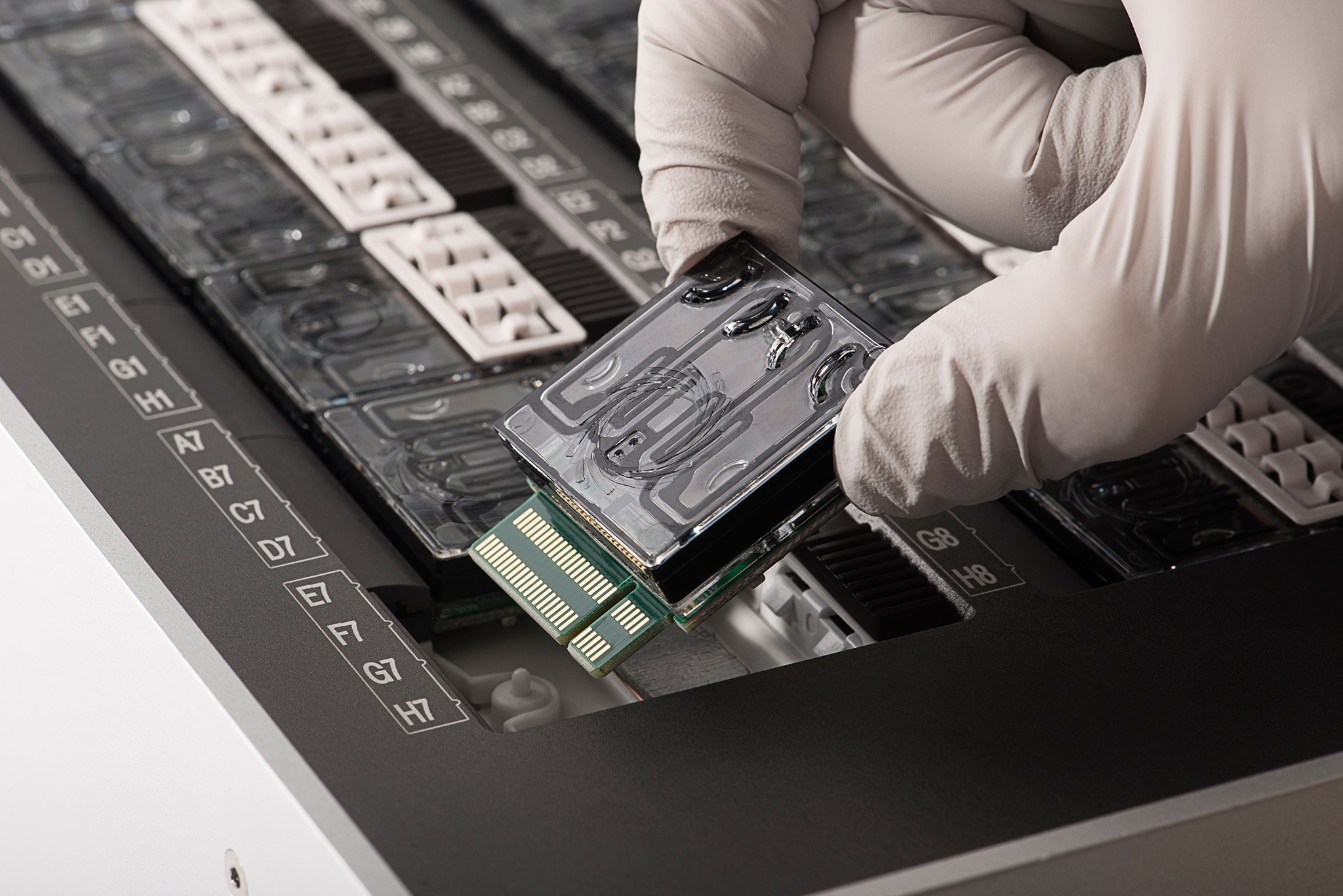
NASA provider SpaceX is scheduled to deliver scientific research, crew supplies and hardware on its ninth Commercial Resupply Services mission to the International Space Station Monday, July 18. Coverage of this mission will begin with a prelaunch news briefing at 2 p.m. EDT Saturday, July 16, on NASA Television and the agency’s website.
The SpaceX Dragon cargo spacecraft is scheduled for liftoff on the company’s Falcon 9 rocket at 12:45 a.m. Monday from Space Launch Complex 40 at Cape Canaveral Air Force Station in Florida. Coverage of the launch begins at 11:30 p.m. Sunday, July 17.
Approximately 10 minutes after launch, Dragon will reach its preliminary orbit, deploy its solar arrays and begin its two-day voyage of carefully choreographed thruster firings to reach the space station. After arrival, NASA astronaut Jeff Williams will use the station’s 57.7-foot (17.6-meter) robotic arm to reach out and capture the Dragon spacecraft. NASA astronaut Kate Rubins will serve as his backup, and ground controllers will send commands for the station’s robotic arm to install Dragon on the Earth-facing side of the Harmony module.
Live coverage of the rendezvous and capture will begin at 5:30 a.m. Wednesday, July 20, with installation coverage at 9:45 a.m.
The following day, the Expedition 48 crew will pressurize the vestibule between the station and Dragon, open the hatch between the two spacecraft, and begin the five-week process of unloading the almost 5,000 pounds of supplies and reloading the spacecraft with cargo scheduled to return to Earth Aug. 29.
Among the arriving cargo is the first of two international docking adapters, which will provide a means for commercial spacecraft to dock to the station when transporting astronauts in the near future as part of NASA’s Commercial Crew Program.
Experiments launching to station include a space-based DNA sequencer, which the station crew will test. This sequencer has the potential to identify microbes, diagnose diseases and evaluate crew member health, and even help detect DNA-based life elsewhere in the solar system. Other experiments seek to expand our understanding of bone cell function, track heart changes that occur in microgravity, and regulate internal spacecraft temperatures.
If the launch does not occur Monday the next launch opportunity is 12 a.m. Wednesday, July 20, with NASA TV coverage starting at 10:45 p.m. Tuesday, July 19.
For an updated schedule of prelaunch briefings, events and NASA TV coverage, visit:
https://www.nasa.gov/content/spacex-crs-9-briefings-and-events
For NASA TV downlink information, schedules and links to streaming video, visit:
Learn more about the SpaceX mission to the International Space Station at:
-end-
Cheryl Warner
Headquarters, Washington
202-358-1100
cheryl.m.warner@nasa.gov
Gregory B. Harland
Kennedy Space Center, Fla.
321-861-7401
gregory.b.harland@nasa.gov






















